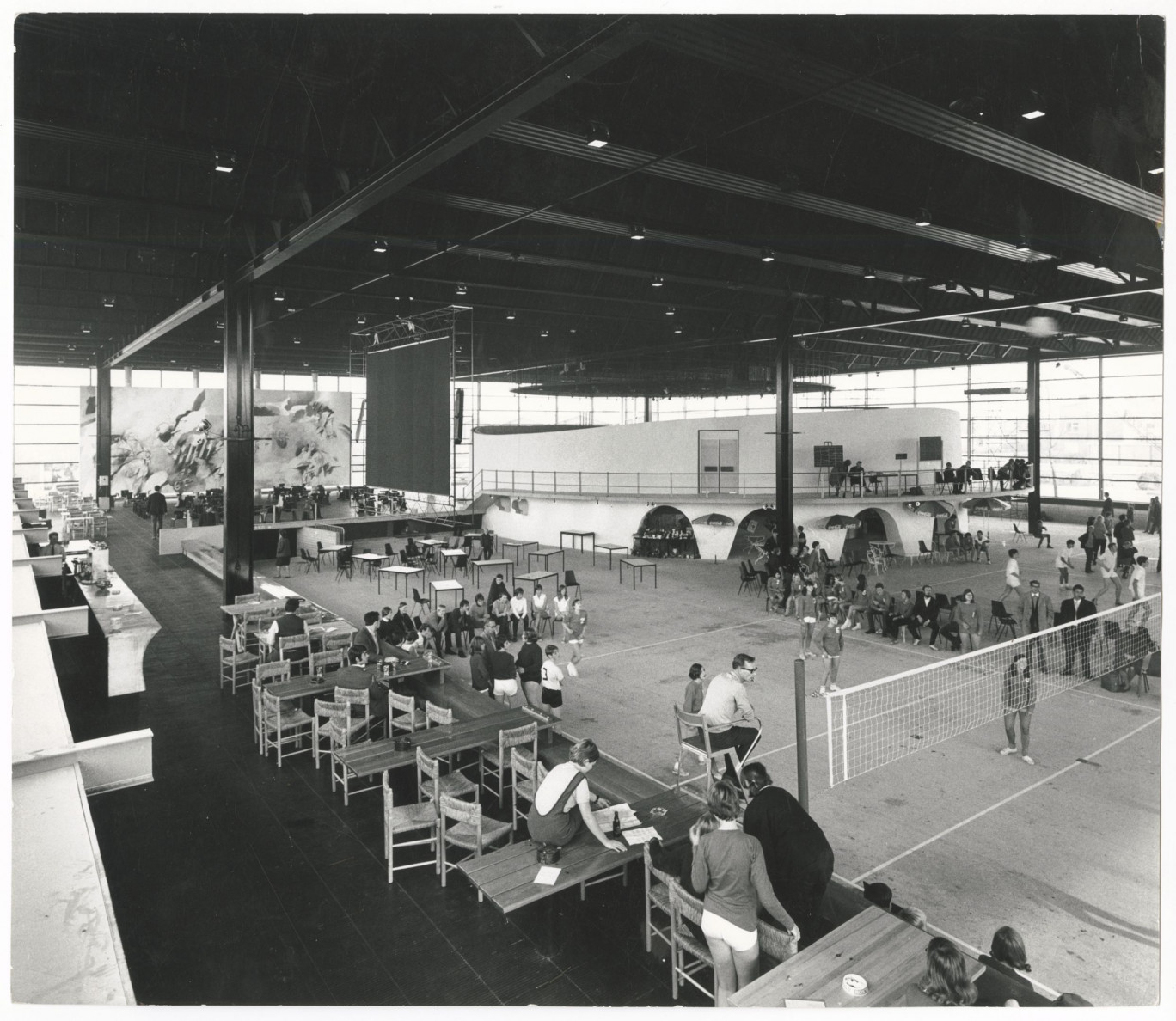Designing the Social
Designing the Social is an exhibition exploring 100 years of socially driven, idiosyncratic ideas about living together. Sometimes out of idealism, often out of pure necessity, alternative design strategies were developed in the pursuit of an equal society. Designers, researchers and curators select and (re)interpret pieces from heritage collections and archives in order to tell an assortment of stories about a century of social design.
The semi-permanent exhibition Designing the Social shows how versatile and sometimes radical the interaction between design and society has been over the past 100 years. Long before the concept of “social design” became prominent, it was professionals and, remarkably often, committed citizens and activists, who devised design strategies to bring about social change. Based on research and interpretation by a series of different researchers, curators and designers, the installation takes the visitor through a sequence of striking scenes from social history.
Every design changes the world, even if in a very small way. Sometimes, design can also provoke radical change, representing divergent world views, working methods, manners or values. This is what many of us expect when it comes to the major social challenges of today. But what groundbreaking scenarios can we anticipate from architects and designers? What historical sources can they draw inspiration from? And what means do we citizens and activists have at our disposal to shape our own idea of living together?
Designing the Social examines how Dutch society has been redesigned over the past century. Often, it turns out to have been committed citizens who devised radical design strategies. This can be seen in a series of installations about the ‘minimum dwelling’, the community centre, De Ploeg weaving mill, the design strategies of the second feminist wave, the squatters’ movement, and digital pioneers. For each subject, separate teams of curators, researchers and designers have investigated the connection between archival research and current social issues. Their ‘rooms’ are as diverse and provocative as the strategies they explore.
Each space reveals an open-ended interpretation. After all, no story can be definitively written and it is up to us to add new chapters. That will happen here, quite literally. In the next phase, new elements will be added, both in this exhibition space and through Het Nieuwe Instituut’s digital channels.
Researchers and designers have made ample use of the National Collection for Dutch Architecture and Urban Planning. The materials on display also come from other institutional and informal archives. They are inexhaustible resources for questioning, reconsideration and reappraisal.
Linking these archives together explores the importance of contrarian thinking, and of acting for the past, present and future of design and living together.
The exhibition presents, among other things, the 'minimum dwelling', the socio-economic experiment around weaving mill De Ploeg, design strategies from the second feminist wave, the squatters' movement and the digital public domain introduced by De Digitale Stad. New themes will be added to the installation along the way. The Design of the Social will have a hybrid existence: as a physical installation in Gallery 1, on the ground floor of Het Nieuwe Instituut, and on the institute’s digital channels.
Case studies draw on the National Collection for Dutch Architecture and Urban Planning. Material also comes from both institutional and informal archives from other collections for design and digital culture. Archives are always a source for questioning and reconsideration: who collected these materials, and why? They show that history is always written from a dominant perspective. The Design of the Social connects both established and informal collections and archives, so exploring new, alternative perspectives on the past, present and future of the design disciplines.
The first phase of the project features interpretations by Uta Eisenreich & Johanna Himmelsbach, Rudy Guedj, Simone C Niquille, Tabea Nixdorff, Arvand Pourabbassi & Golnar Abbasi and Farida Sedoc.
The spatial design of The Design of the Social is by jo taillieu architecten. The graphic design is by Sandra Kassenaar and David Bennewith.
